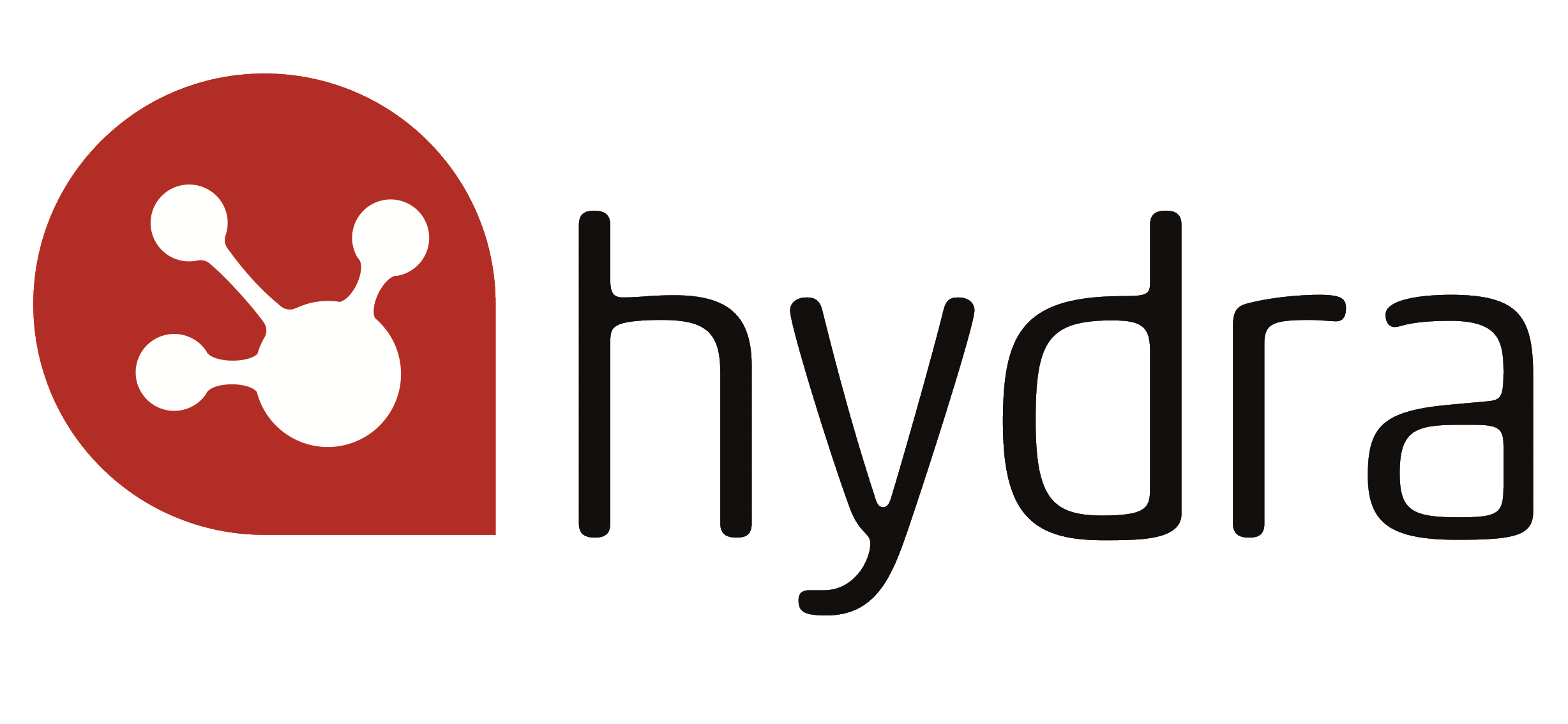Managing Risk: The unknowns that really matter
A large part of the successful delivery of any project is the ability to manage risk - to reduce, eliminate and account for the unknowns, otherwise known as 'risks'.
Any organisation that aims to do things differently and push the boundaries must get used to the idea that innovation goes hand in hand with risk. If your organisation is going to do any sort of substantive innovation, it must be able to handle risk. While this does not sit comfortably with all project managers, and indeed all organisations, it is essential for any real change to take place.
By implementing project risk management from the beginning, organisations can create in-built contingency plans to mitigate and remove the risks, managing risk rather than having to engage in ‘firefighting’ as the project progresses. But one common mistake that’s made in traditional risk management is conducting a risk assessment on day one, when you have the worst possible project knowledge, then failing to update it. Risk management should not be something that’s done once, at the beginning of a project. Instead, it should become part of the regular rhythm of the project, improving its resilience of the project and driving it to success.
As well as making risk assessment an ongoing process, what other factors play an important part in your risk management success?
1. Early Identification
Spotting risks early on when you have limited project visibility is not a perfect science, but it does pay to start identifying risks early. Most PMs will start listing the risks electronically, but existing documentation can also be a good place to start. With professional services automation (PSA) software, PMs can easily look back at past projects and recap on the lessons learned. PMs should also make effective use of their resources. Each team member will bring unique insight and expertise to help identify risks you may not have thought of.
2. Ownership of Risk
Identifying the risks is only the first step. The PM then needs to make an individual responsible for understanding and controlling each of the risks. Assigning owners for each of the risks and giving them responsibility can help to unlock the potential of individual members of the project team and allow business processes to be optimised.
3. Risks are Not Always Negative
Risks can often be seen as just a threat to the project, but risks do not always need to have a negative impact. Sometimes, unexpected events can bring opportunities to reduce costs or increase the speed of delivery. It is important these risks are identified quickly so the project team can capitalise. Pulling the team together to investigate the new opportunities that arise can boost confidence and help to drive the project along.
4. Prioritising The Risks
There usually aren’t enough hours in the day to effectively manage every risk that has been identified. For this reason, risks should be prioritised on their potential extent of impact and likelihood of occurrence to ensure the efforts of the project team are focused in the right direction throughout the lifecycle of the project. Risk analysis should examine the effects on lead time, product quality and overall costs to reveal where the project team’s priorities lie.
5. More Than Contingency
The effective management of risks is much more than just contingency planning if the worst should happen. Contingency plans for high-priority risks make sense, but plans should also be created to avoid risk altogether. For example, could different supply chains be used? Or perhaps alternative software would reduce the risks?
Conclusion
All of these steps can be made more effective and efficient through the use of agile professional services automation (PSA) software. Early planning and close monitoring certainly plays a part in keeping most risks at bay, but PSA software makes every part of this process easier along the entire project lifecycle.
Hydra software provides a fully customisable structure to help manage all risks and issues in your projects. States, workflows and templates can be designed to follow your existing risk or issue management processes, making sure the crucial components of each project are always managed according to best practice.
If you would like to learn more why not download our brochure or contact us for a free, no obligation consultation and live demonstration tailored to your requirements.


